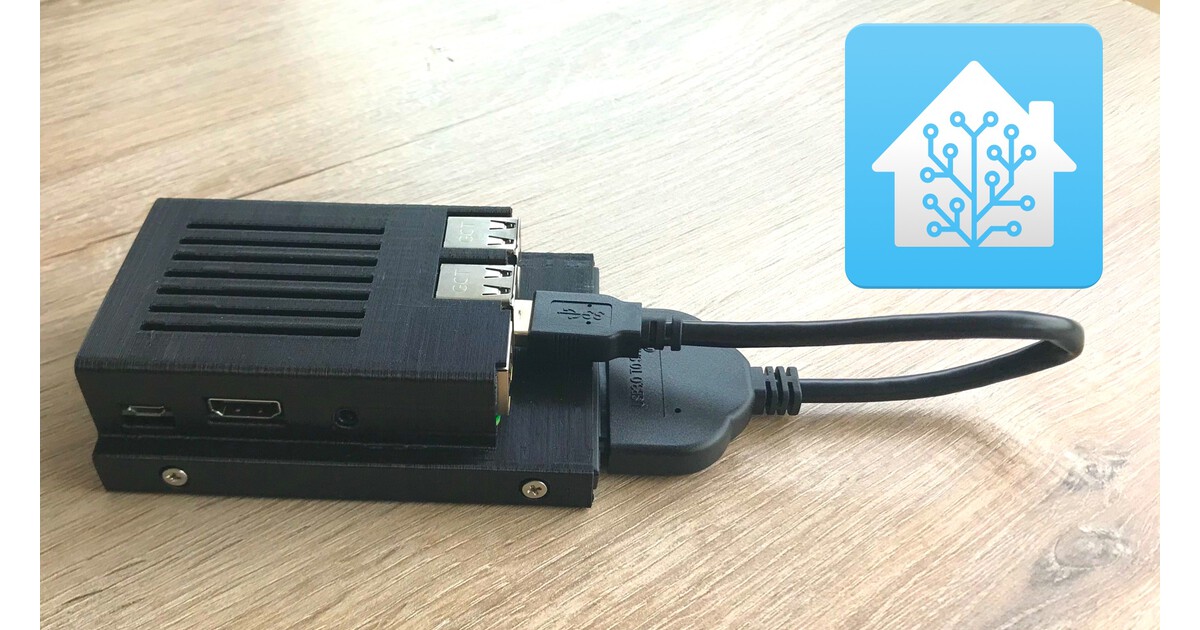

making user provided files available at /var/run/s6/etc.exited 0. Once home-assistant image is downloaded (this operation occurs only during very first docker run, next ones will use image already downloaded) your terminal will show container logs: WARNING: The requested image's platform (linux/arm) does not match the detected host platform (linux/arm/v6) and no specific platform was requested

Multiple HA containers can run in RPI boards with enought computing power (like PI 3 model B or later) and isn’t the best to have in a Raspberry Pi Zero W or PI 3 model A. This is a possible way to run together different home-assistant instances (maybe test and production) on same Raspberry PI. Note port mapping cofiguration, which exposed container 8123 port (default home-assistant port) to 8125 port. Getting a complete and working HA instance is as simple as running following command from terminal: docker run -p 8125:8123 -name homeAssTest homeassistant/home-assistant

This is also the best way to try, in general, Home-Assistant in your Raspberry PI. It is a useful configuration when you want to try, for example, integration tests without affecting your production environment. This means that whatever you are going to do in this installation will be deleted with the container once removed. Starting with a test environment is very simple with Docker containers.

You also need to install docker in your Raspberry PI (for this project you don’t need docker-compose and/or Portainer). From terminal: sudo apt update -y & sudo apt upgrade -y With Raspberry Zero W I strongly suggest Lite distribution because home-assistant is quite heavy for a PI Zero and this needs all of its computing power to run HA service. Install Raspberry PI OS Lite (for a fast, headless and lightweight OS) or Raspberry PI OS Desktop (in this case, working from its internal terminal). What We NeedĪs usual, I suggest adding from now to your favourite e-commerce shopping cart all the needed hardware, so that at the end you will be able to evaluate overall costs and decide if continue with the project or remove them from the shopping cart. Be also aware to use a proper power supply, as many users refer to experience service restart with poor power source. Raspberry PI 3 Model B or later are suggested for production environment. This procedure works with all other Raspberry PI boards with internet connectivity and able to run Docker. For this reason, it is important to use a performing sd card with enough space, as sd cards influence drastically RPI speed as disks on common computers (refer also to my Raspberry PI optimization tutorial for more optimization tricks).įor this project, I’m going to use a cheap Raspberry PI Zero W. Last but not least, it stores all data locally in your host, this way protecting your privacy from unwanted external data usage. Home Assistant works well on Raspberry Pi, turning it into the ultimate home automation hub.


 0 kommentar(er)
0 kommentar(er)
